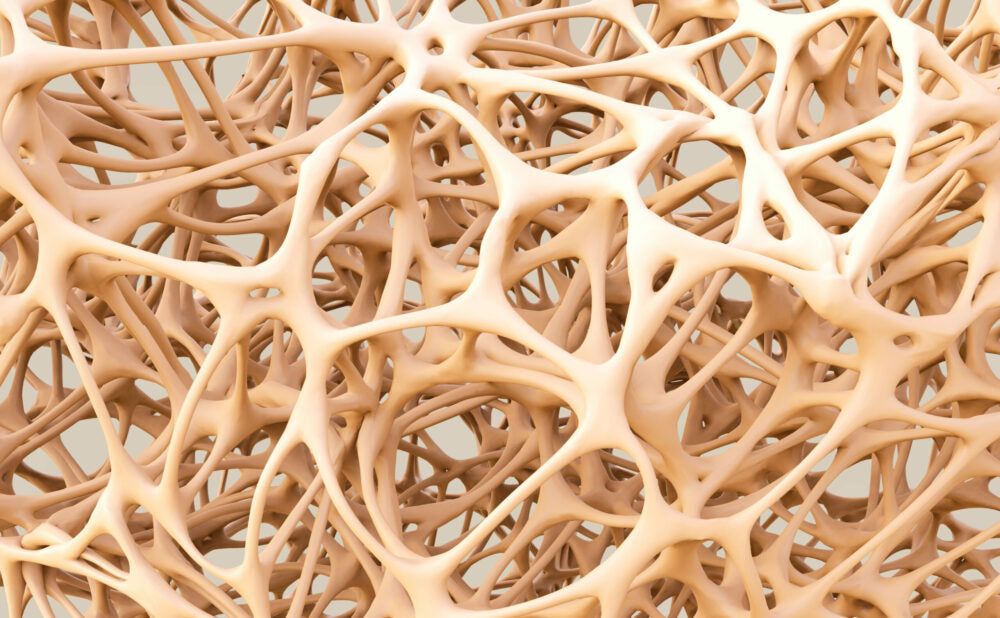Úvod
Obezita, najmä nadmerné viscerálne tukové tkanivo (DPH), je spojená s metabolickým syndrómom, ktorý vedie k zvýšenej chorobnosti a úmrtnosti. Naproti tomu hromadenie telesného tuku v podkožnom gluteálno-femorálnom tukovom tkanive (GFAT) je vo všeobecnosti menej spojené so zdravotnými problémami alebo môže dokonca sprostredkovať určitú ochranu pred kardiovaskulárnymi ochoreniami. Tieto zistenia naznačujú, že distribúcia tuku a najmä pomer medzi DPH a GFAT môžu byť dôležité pre zdravotné komplikácie súvisiace s obezitou. Strata hmotnosti s preferenčným účinkom na zásobu viscerálneho tukového tkaniva (DPH) by mohla mať dôležité klinické výhody. V tejto štúdii sme skúmali nezávislý a kombinovaný účinok pravidelného cvičenia a chudnutia vyvolaného diétou na distribúciu telesného tuku.
Metódy
Randomizovaný kontrolný dizajn i) iba cvičenie (EXO; 12 týždňov cvičenia bez obmedzenia stravy), ii) hypokalorická diéta (DIO; 8 týždňov veľmi nízkoenergetickej diéty (VLED 600 kcal/deň (Nupo)), po ktorej nasledovali 4- týždňová diéta na udržiavanie hmotnosti) a iii) hypokalorická diéta a cvičenie (DEX; 8 týždňov VLED 800 kcal/deň (Nupo + doplnok 150-200 kcal) + 4-týždňová diéta na udržiavanie hmotnosti kombinovaná s cvičením počas 12 týždňov). Zahrnutých bolo 79 obéznych mužov a žien. Distribúcia telesného tuku bola kvantifikovaná technológiou zobrazovania magnetickou rezonanciou (MRI).
Výsledky
V skupine EXO bol úbytok hmotnosti (3,5 kg) a relatívne zníženie DPH (18 %) výrazne nižšie v porovnaní s úbytkami hmotnosti v skupinách DIO a DEX (12,3 kg; P≤0,01) a so znížením DPH. (30-37 %; P<0,001). Vo všetkých troch skupinách bolo relatívne zníženie DPH vyššie v porovnaní so znížením tukovej hmoty (FM; kombinovanie všetkých tukových zásob určených pomocou MRI; P≤0,01 pre všetky porovnania). Zmeny v DPH súviseli so zmenami vo FM a súviseli s počiatočným pomerom DPH/FM (r2=0,72; P≤0,01).
Záver
Cvičenie nemá žiadne ďalšie účinky na zníženie depa DPH v porovnaní s hlavnými účinkami samotnej hypokalorickej stravy. Okrem toho sú účinky uplatňovania ako takého na DPH relatívne obmedzené. Účinky na depot DPH sú úzko spojené so zmenami v celkovom objeme FM.
Pre celú štúdiu kliknite sem .
























